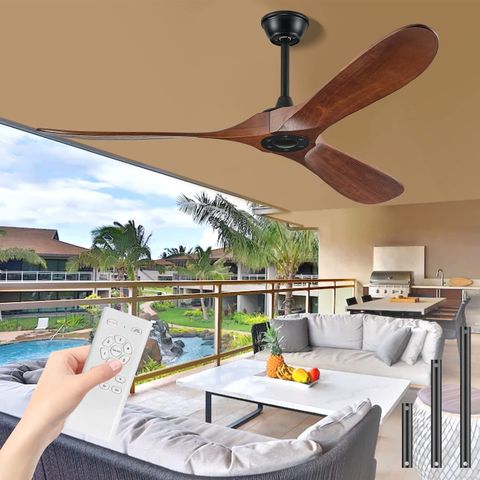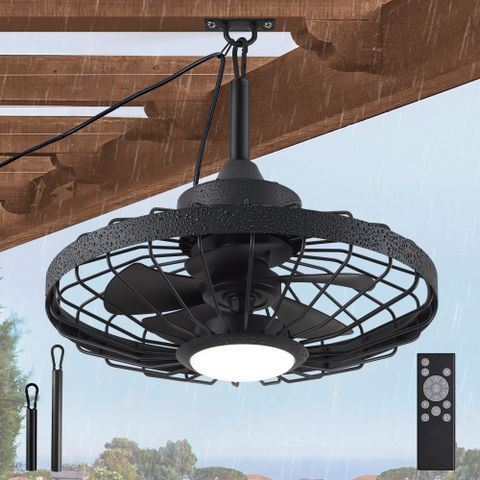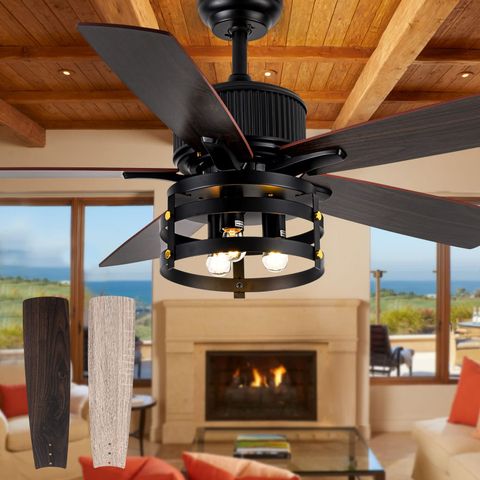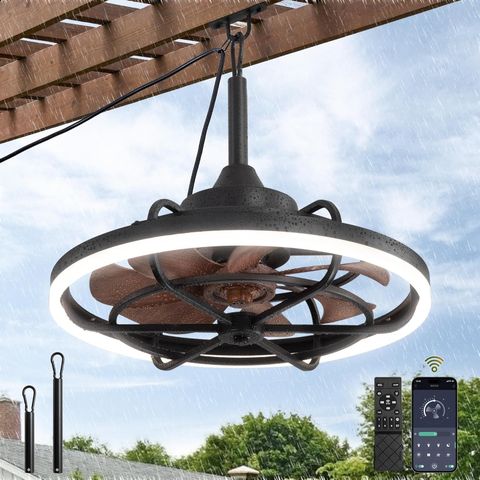Have you ever wondered why some outdoor fans seem to create the perfect breeze while others just spin uselessly? There’s actually a whole science behind how air moves outdoors, and it’s more interesting than you might think. The way fans interact with outdoor environments involves complex physics that affects everything from comfort levels to energy efficiency.
When we think about moving air outdoors, we often focus on the obvious—the spinning blades, the noise, the visible airflow. But there’s a lot more happening beneath the surface. Outdoor air movement isn’t just about turning a fan on and off. It’s about understanding how air behaves in open spaces, how different fan designs influence airflow patterns, and what makes some systems more effective than others. Whether you’re setting up a patio fan or designing a commercial outdoor ventilation system, grasping the fundamentals can make all the difference in creating that perfect outdoor breeze.
Fundamentals of Air Movement
Air movement outdoors operates on principles that are both simple and complex. Think of air as a fluid that responds to pressure differences and temperature variations. When a fan spins, it creates areas of high and low pressure, which pushes air molecules in specific directions. This is why you feel a breeze when standing near a running fan.
In outdoor settings, air movement becomes even more dynamic. Wind patterns, ambient temperatures, and surrounding obstacles all influence how effectively a fan can move air. A basic fan might create a localized airflow, but a well-designed outdoor system considers these variables. The key is understanding that outdoor air movement isn’t just about pushing air forward—it’s about creating circulation patterns that maximize comfort while minimizing energy waste.
Fan Blade Design and Efficiency
Not all fan blades are created equal. The shape, size, and angle of fan blades directly impact how efficiently they move air outdoors. Curved blades typically move more air than straight ones because they create smoother airflow patterns. The pitch of the blade—the angle at which it meets the air—determines how much air gets moved per rotation.
Consider a ceiling fan versus a floor-standing outdoor fan. While both operate on similar principles, their blade configurations serve different purposes. Ceiling fans often have smaller blades designed for quiet operation, while outdoor fans may feature larger blades optimized for maximum airflow. The material of the blades matters too—lightweight materials like aluminum resist wind resistance better than heavier plastics.
A practical example: if you’re choosing an outdoor fan for a large deck, look for models with 50-inch or larger blades. These can move significantly more air than smaller alternatives, especially when used at lower speeds.
Outdoor Environmental Factors
The environment plays a crucial role in how well fans perform outdoors. Temperature, humidity, and wind conditions all affect airflow dynamics. On hot, humid days, fans become more critical because they help evaporate moisture from your skin, providing cooling relief. However, if there’s already strong wind, a fan might actually reduce its effectiveness by creating turbulence.
Building design also matters. If you’re installing fans around a covered patio, consider the placement carefully. Fans positioned too close to walls might create dead spots where air doesn’t circulate properly. The ideal setup often involves fans placed at strategic heights and angles to catch prevailing winds and create cross-ventilation.
Think about a backyard party scenario. If you place a fan directly in front of guests, they’ll feel the direct blast. But positioning it at an angle can create a more comfortable, diffused airflow that reaches everyone without causing discomfort.
Energy Consumption and Performance Balance
Efficiency in outdoor fans isn’t just about how much air they move—it’s about doing it wisely. High-speed fans consume more power and often create uncomfortable gusts. Lower speeds, combined with larger blades, usually deliver better performance for outdoor spaces.
Modern outdoor fans incorporate variable speed controls and smart sensors to optimize performance automatically. These systems can detect temperature changes and adjust accordingly, saving energy while maintaining comfort. Some even integrate with weather monitoring to avoid operating during strong winds or rain.
For homeowners, this means selecting fans with energy-efficient motors and appropriate blade sizes for the space. A typical 48-inch outdoor fan running at medium speed might consume less energy than a 36-inch model running at full speed. The goal is finding that sweet spot between comfort and conservation.
Ventilation Systems and Air Circulation
Outdoor ventilation goes beyond single fans to encompass entire airflow management strategies. Proper ventilation involves creating pathways for fresh air to enter and stale air to exit. This is particularly important in outdoor spaces where heat builds up quickly.
Natural ventilation works best when there are multiple entry and exit points. Cross-ventilation occurs when air flows through opposite sides of a space, creating a cooling effect. Fans can enhance this process by either drawing air in or pushing it out. The key is timing and coordination.
Commercial applications show this clearly. Restaurants with outdoor seating often install fans strategically to pull hot air up and draw cooler air in from below. This creates a vertical circulation pattern that keeps diners comfortable even on sweltering summer evenings.
Maintenance and Longevity Considerations
Even the most scientifically sound fan will underperform if not properly maintained. Outdoor exposure accelerates wear on components, particularly motor parts and blades. Regular cleaning removes dust and debris that can affect balance and efficiency. Motors need periodic lubrication to maintain smooth operation.
Weatherproofing is another crucial factor. Fans exposed to rain, sun, and temperature fluctuations require protective coatings and materials designed for outdoor use. Aluminum and stainless steel components tend to last longer than plastic alternatives in harsh conditions.
Simple maintenance routines can extend a fan’s life significantly. Check blade alignment monthly, clean filters regularly, and inspect electrical connections periodically. These small steps prevent costly repairs and ensure consistent performance throughout the season.
Understanding the science behind effective outdoor air movement transforms how we approach comfort in outdoor spaces. It’s not enough to simply turn on a fan anymore—it’s about knowing how to position it, what to look for in design features, and how environmental factors influence performance. Whether you’re planning a backyard oasis or managing a commercial outdoor area, applying these principles creates better outcomes for everyone involved. The right combination of proper fan selection, strategic placement, and regular maintenance can make the difference between a stuffy outdoor space and one that feels naturally refreshed. The next time you step outside, take notice of how air moves around you—there’s science behind every gentle breeze that makes those summer evenings truly enjoyable.














